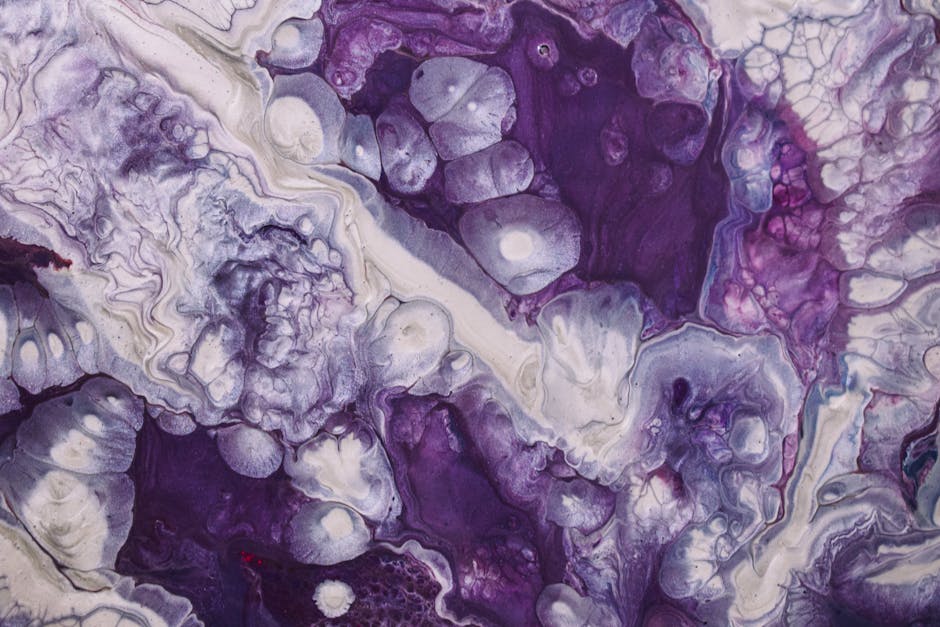
Revolutionary Avant Garde Techniques
Revolutionary avant garde techniques are pushing the boundaries of art and design, challenging traditional norms and presenting new perspectives. These techniques have emerged from the avant garde movement, a radical artistic and cultural movement that originated in the early 20th century.
Avant garde artists sought to break away from established artistic conventions and explore new forms of expression. They rejected the concept of art as mere representation and instead emphasized ideas, concepts, and emotions. This led to the emergence of several groundbreaking techniques that continue to influence contemporary art and design.
One such technique is collage, a method of combining different materials and images to create a unified composition. Avant garde artists like Pablo Picasso and Georges Braque pioneered this technique, using cut-out images from newspapers and magazines to create visually intriguing and thought-provoking artworks.
Another revolutionary avant garde technique is assemblage, which involves the use of found objects and everyday materials to construct three-dimensional artworks. Artists such as Marcel Duchamp and Louise Nevelson experimented with this technique, creating sculptures and installations that challenged traditional notions of art and aesthetics.
Furthermore, the avant garde movement gave rise to abstract art, where artists moved away from representing visible reality and focused on capturing abstract concepts and emotions. Wassily Kandinsky and Kazimir Malevich were among the forerunners of this movement, developing new ways of visualizing ideas through color, form, and line.
Revolutionary avant garde techniques continue to inspire contemporary artists and designers, offering them a platform to explore and challenge societal norms. These techniques encourage experimentation, blur the boundaries between art and everyday life, and push the limits of creativity.
